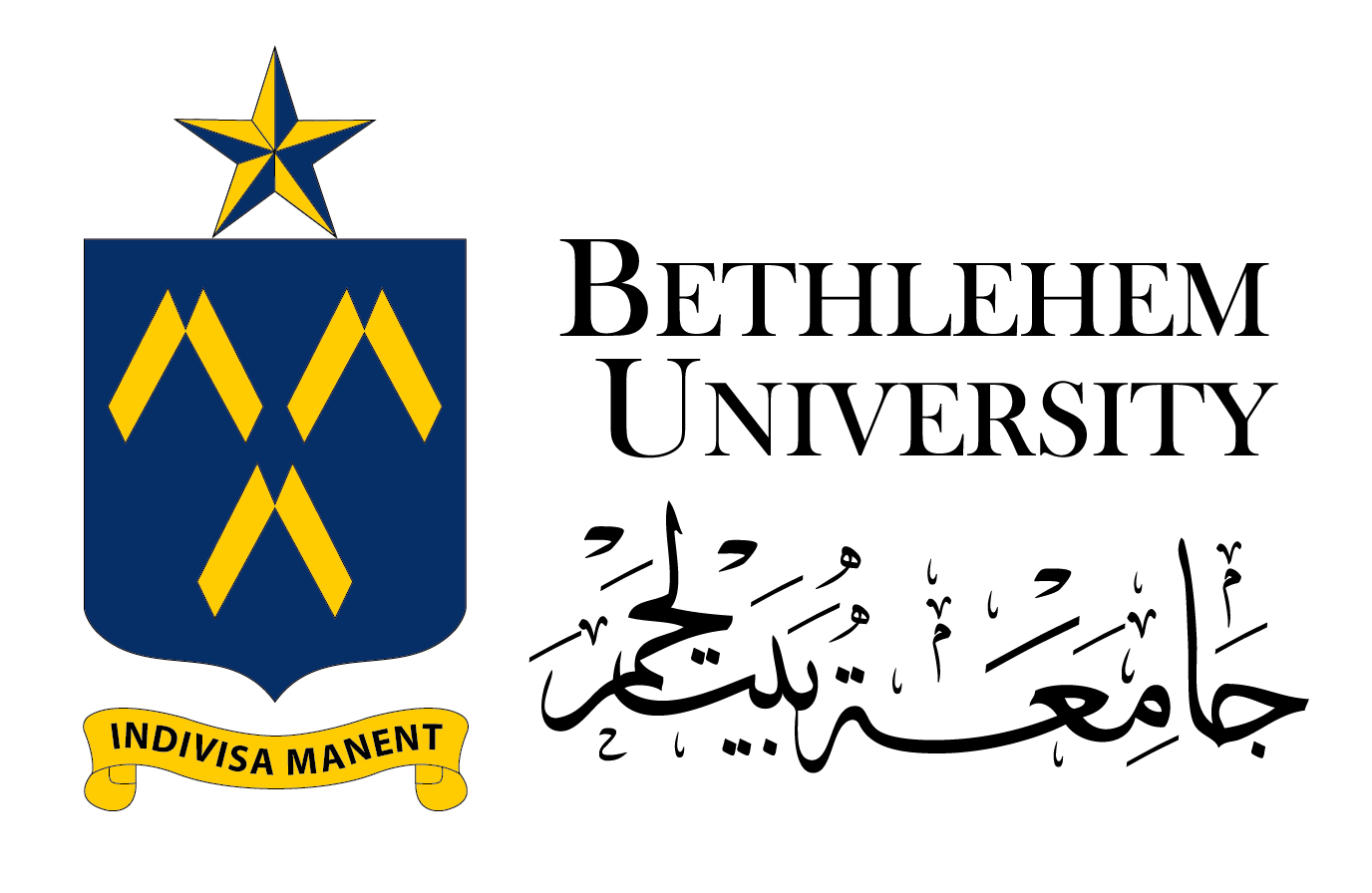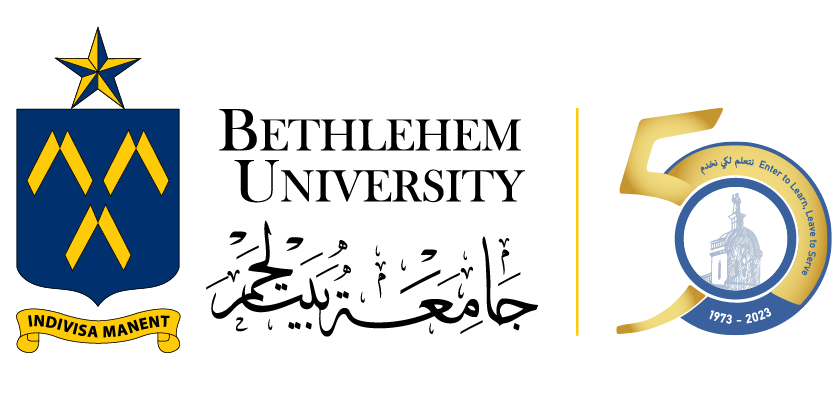It might as well be necessary as we embark on a new literary genre to “re-present” e-turathuna by going over what our homepage states about this very special section of the Library. Long before its refurbishment, Turathuna Center has always been the Library’s centerpiece. In its more than three decades history of service, researchers from various parts of the world have expressed their gratitude for the rich variety of the book collection which served their investigative, scholarly work.
The Special Collections-Palestiniana Division opened in 1990, thanks to the generousity of Catholic Near East Welfare Association and Pontifical Mission to Palestine and other donors. It started as a section of the Library in the mid-1980s when all books in English and Arabic about Palestine (history and geography, literature, culture and arts, etc.) written by Palestinians and other writers, were gathered from the general stacks and shelved together to create what is now the Palestiniana section of the Heritage Center. The Center aims to contribute to a positive Palestinian identity through familiarity and pride in the national heritage.
This online edition of e-turathuna welcomes a new genre, the interview, making oral history a vibrant contribution to Palestinian heritage. This literary genre inaugurates the Library Team’s goal of showcasing a number of Palestinians whose passion has been, and continues to be, the preservation of Palestinian heritage with the aim of sharing this richness as a legacy to the present and future generations of young Palestinians.
The historical and cultural richness of Palestine is reflected in its regional costumes made even more attractive through the variety of distinguishing embroidery. The dresses are set apart by a vast array of colors, diversity of style especially in the original dresses, jewelry, rare pieces of artifacts, and household items.
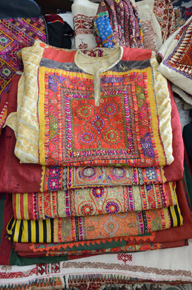 | 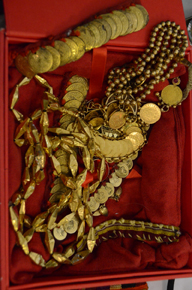 |
| A Collection of Palestinian Traditional Dresses | A Collection of Palestinian Traditional Jewelry |
The art of embroidery in regional dresses is outstanding. To speak on this cultural wealth and heritage, we singled out a woman whose passion is the preservation – in an active mode – of this Palestinian heritage.Ms. Maha Saca has generously shared her precious time in an interview with the members of the Turathuna Team: Ms. Mary van Teeffelen, Ms. Dina Massad, Ms. Mary Claire Habbash and Sister Rose Amacanin. This interview contributes to, and starts a series of oral history addressing Palestinian “turath.”
What follows now is a summary of the interview in Arabic with Maha: A Bethlehemite by birth, Ms. Maha Saca, is the general manager of the Palestinian Heritage Center (PHC) in Bethlehem where many tourists flock and have a taste of Palestinian culture. She was raised in a Palestinian home that nourished in her the love for, and commitment to the homeland, working and giving her all so that Palestine will be forever etched in the minds of all generations at home and in the diaspora.
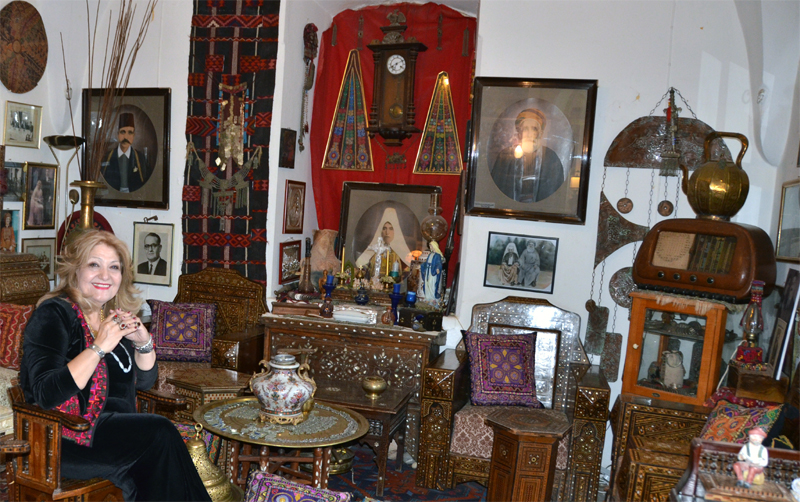
In her own words, we listen to Maha Saca talking of the Palestinian Heritage Center:
“I opened the center in 1991, and it has a variety of sections. One section has the household items; the other, has the display of the agricultural tools; the third part holds heritage paintings and a place for all the traditional costumes. I also presented the city, the village and the bedouin tent to let the people see the difference between the city, village and the tent and the way people used to live and the objects they used.
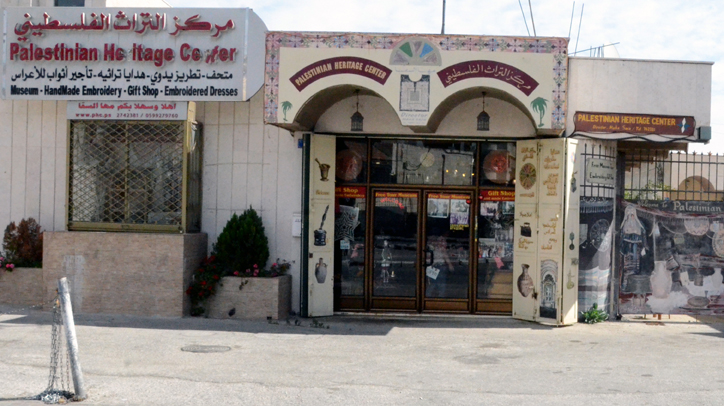
The center does not house all the collection I have. I keep most of my collection at home because there isn’t enough space for all the items in the center and also because of the lack of security and the weather conditions.”
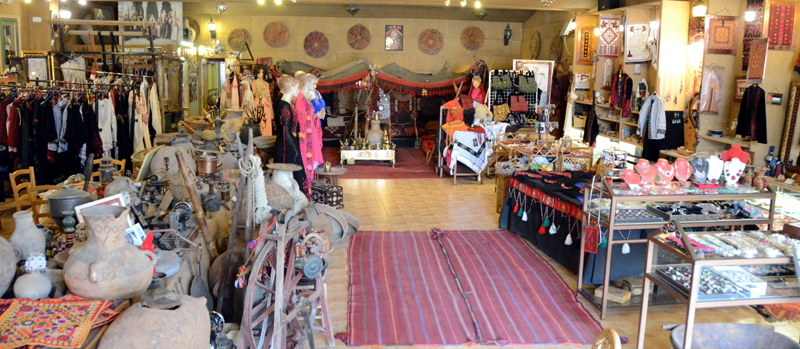
Maha has participated in more than 40 exhibitions around the world. The most important exhibition was in Chicago University where her daughter, an archaeologist, works. There she lectured to some 2,000 persons about the Palestinian heritage. Nowadays, she is preparing for an exhibition in America called Christmas in Palestine. Her ambition and goal is to have a museum to keep the history of Palestine alive in the minds of all people. To put this into action she initially produced 200 postcards which represented all the historical, biblical, as well as cultural places featuring regional Palestinian dresses.
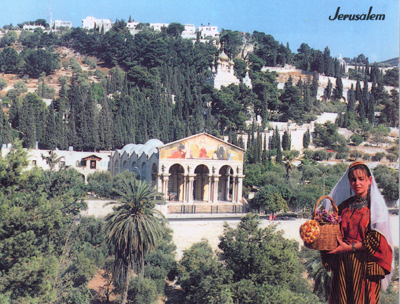 | 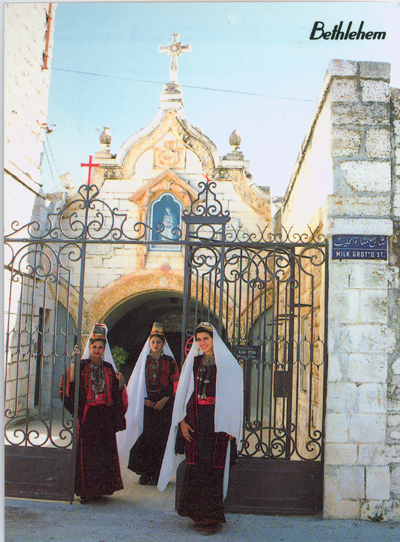 |
| A postcard of Mount of Olives and the Church of All Nations – Jerusalem | A postcard of the chapel of Milk Grotto – Bethlehem |
The road leading to the establishment of a museum that will showcase all the vast collection of Palestinian artifacts, dresses and other interesting items is now being paved; it is only a matter of time and funding before this dream will become a reality.
ACKNOWLEDGEMENTS:
The Turathuna Team at Bethlehem University sincerely acknowledges with profound thanks, this invaluable contribution of Ms. Maha Saca to oral history thus promoting love and appreciation for the wealth of Palestinian heritage which the Library has painstakingly favored, promoted, and preserved through the years.
Click here for the video-taped interview in Arabic. We acknowledge with special thanks the availability and spirited cooperation of Mr. Munjid Kharoufeh of the IT Unit, Bethlehem University.
We are deeply grateful as well to Mr. Mike Hazboun, Librarian-in-charge of the Digital Services, for his fine transformation of the videotaped interview with Ms. Maha Saca, making it accessible to
“e-turathuna clientele” and enriching our oral history collection.
